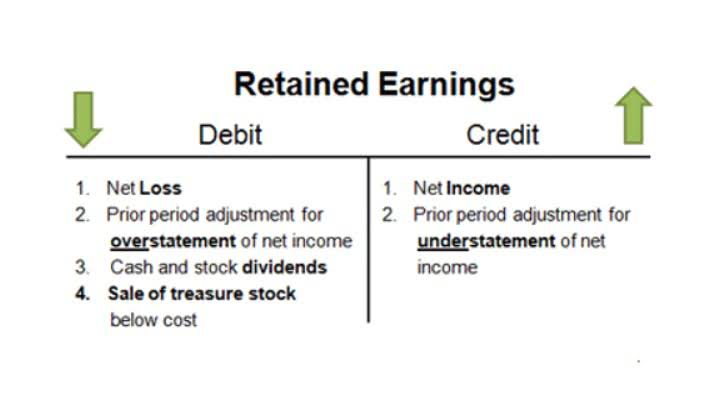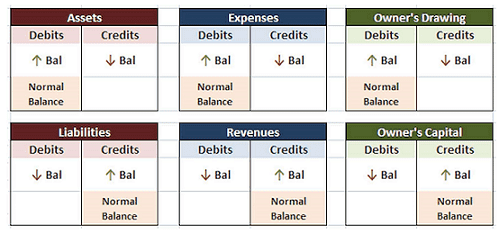Chart of Accounts for a Church: A Comprehensive Guide

As 501(C)(3) entities in the US, churches are subject to specific regulatory requirements that differentiate their accounting practices from other organizations. Churches must adhere to the Generally Accepted Accounting Principles (GAAP) for various documents and reports and comply with IRS regulations. They must maintain accurate financial records, submit annual information returns, and ensure that their activities align with their tax-exempt status.
The Standard Numbering of the CoA
The second one is the one that came across my desk which we aptly helped reorganize. Cloud-based accounting allows you to tailor reporting for donors and combine outcomes with financial metrics to enhance your mission story. For example, Sage Intacct is a cloud-based solution with advanced reporting features, making it suitable for growing small to medium-sized nonprofit organizations. With a dimensional nonprofit chart of accounts, you only have to manage the 40 expense accounts. While it might be straightforward, it lacks the flexibility that many church chart of accounts organizations need.
Greater transparency with donors
- These represent the resources owned or controlled by the organization, such as cash, accounts receivable, inventory, investments, property, and equipment.
- The interfund transfer accounts help to decrease one fund (General) and increase another fund (Youth).
- To top it off, we back up our software with professional support and even financial consultations if you need them.
- They will also need a separate bookkeeper to keep track of funds throughout the year.
- Additionally, you can look for reviews or user experiences or visit us on YouTube.
- Finally, what do you do when a well-meaning staff member or volunteer asks about the “flower fund” or something small that they just “have” to track?
The following is a list of expenses that aren’t related to the church’s operations. Factors such as the organization’s size, funding sources, and program areas will influence how the COA is structured. A transparent chart of accounts builds trust with stakeholders by providing clear and detailed financial information. Nonprofits must report financial information to stakeholders, including donors, grantors, and regulatory agencies. They can be classified into current assets (cash, accounts receivable) and non-current assets (property, fixed assets equipment).

How Long Should A Church Keep Financial Records?

Start by listing all of the assets, current liabilities, equity, revenue, and Accounting for Churches expenses that your church has. Think about all the ways your church receives and spends money, as well as what assets and liabilities it holds. You may need to create sub-accounts under each main account to further categorize your transactions. These requirements determine how church finances are allocated into specific “funds” within their financial systems. That’s why fund accounting is essential for churches, as it ensures compliance with and respect for these limitations.

Are You Ready To Outsource Your Accounting?
A COA with a table-driven, logic-based dimensional structure, on the other hand, offers more flexibility in reporting quality and insights while adapting for change and growth. Even a well-organized chart can become unwieldy and impede reporting as an organization grows. Four-digit account numbers may be sufficient for small to medium-sized organizations with reasonably straightforward accounts. This category is often divided into unrestricted, temporarily restricted, and permanently restricted funds, reflecting the limitations on how the funds can be used. For instance, a linear chart might require separate account codes for every combination of expenses, locations, countries, and departments.

Leaver a comment